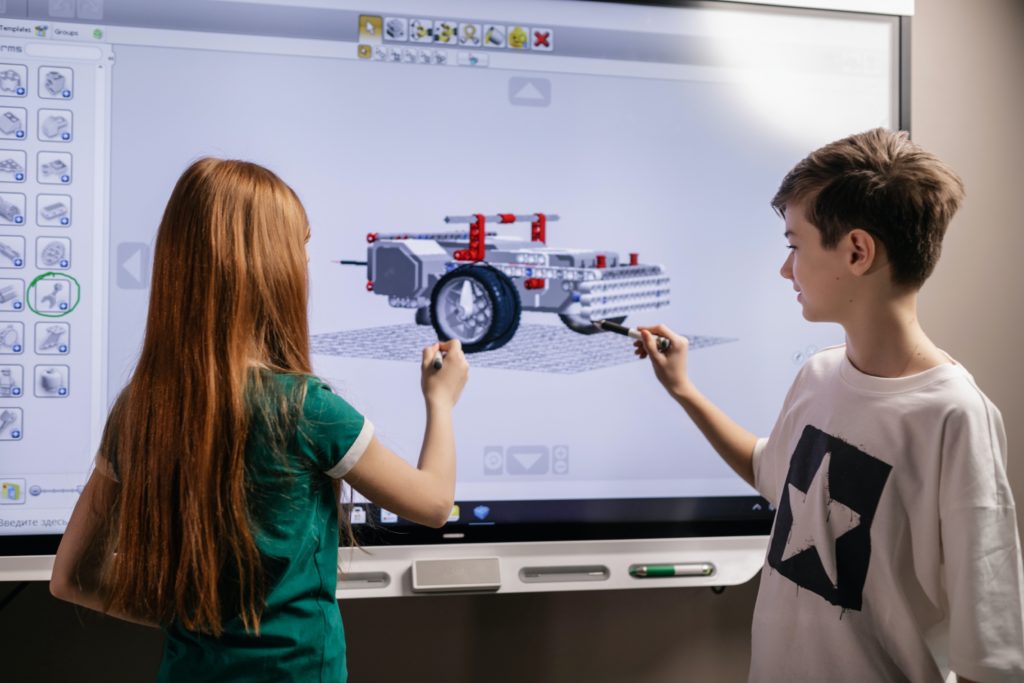Over the last few years, the pace of digital transformation in education has accelerated immeasurably. Educators can now use technology to redefine and reimagine learning norms beyond classroom boundaries. Also, learners can grasp concepts better – the possibilities are limitless.
So, what does the future hold? At the very least, technology will redefine the education norms outside the traditional classroom. According to recent data, the education technology market is currently worth $254 billion and is expected to reach $695 billion in 2027. Here are three technologies that will shape future classrooms.
Augmented Reality
In the next few years, AR will be the game changer in the education sector. Since artificial intelligence increases the interest level of learners, students will use real-world imagination to understand difficult concepts. In addition, the environment associated with AR will create a calming atmosphere which will improve everyone’s learning experience. Moreover, this will enable students to learn more without having to interact with too many people on campus, ensuring that even introverts do well in college.
In the future, students will use wearable devices to explore the world without holding up a device. For educators, AR will make classroom learning easier and more interesting. And because it provides contextual relevance, there’s no room for assumptions.
Cloud Computing
Cloud computing is buzzing in the education sector, and there are no signs of slowing down. In the future, students won’t have to carry heavy textbooks in the classrooms. Instead, they will use electronic devices to access homework in the cloud. With such convenience, learners will have the freedom to do their homework anywhere, anytime. Secondly, students will access the digital library when the campus library is full.
Even better, learners will collaborate with the various departments without worrying about storage issues or data security. Educators, however, will set up online learning platforms where students can log on and attend classes. Of course, tests and assignments will quickly be disseminated.
3D Printing
In the future, 3D printing will be universally affordable. Engineering students will directly benefit from this technology. At its core, 3D printing incorporates mini-models that help learners perfect their designs before showing their prototypes. Furthermore, students will experiment freely without spending considerable time. And just like other subjects that teach theoretical concepts, 3D printing will make the molecular structure easier to understand. Learners of all levels will get the chance to create a more engaging and innovative learning environment.
Since the students can see a whole structure or the different parts that make the structure, the closer they get to the concept. With that in mind, the future of 3D printing is bright. As more devices become more accessible, educators can implement them in the learning process. It’s a well-known fact that complex topics are better understood with visual presentation. After all, visuals help with retention. By seeing the `whole’ of something, students can understand how something works.
It’s no surprise that technology has become an optional choice for early developers. The above technologies promise to deliver learning and teaching methods that only existed in the mind of visionaries. In the future, AR and cloud computing will make classrooms more appealing and captivating. Experimentations will also be encouraged through 3D printing. Best of all, students will see learning as a gratifying part of their life.
- How Modern Technology Is Keeping Classic Cars On The Roads - September 28, 2023
- Innovation Through Music – How Production Tech Is Expanding Genres - August 11, 2023
- Mu6label: The AI-Powered Device That Helps You Learn Guitar - July 8, 2023



